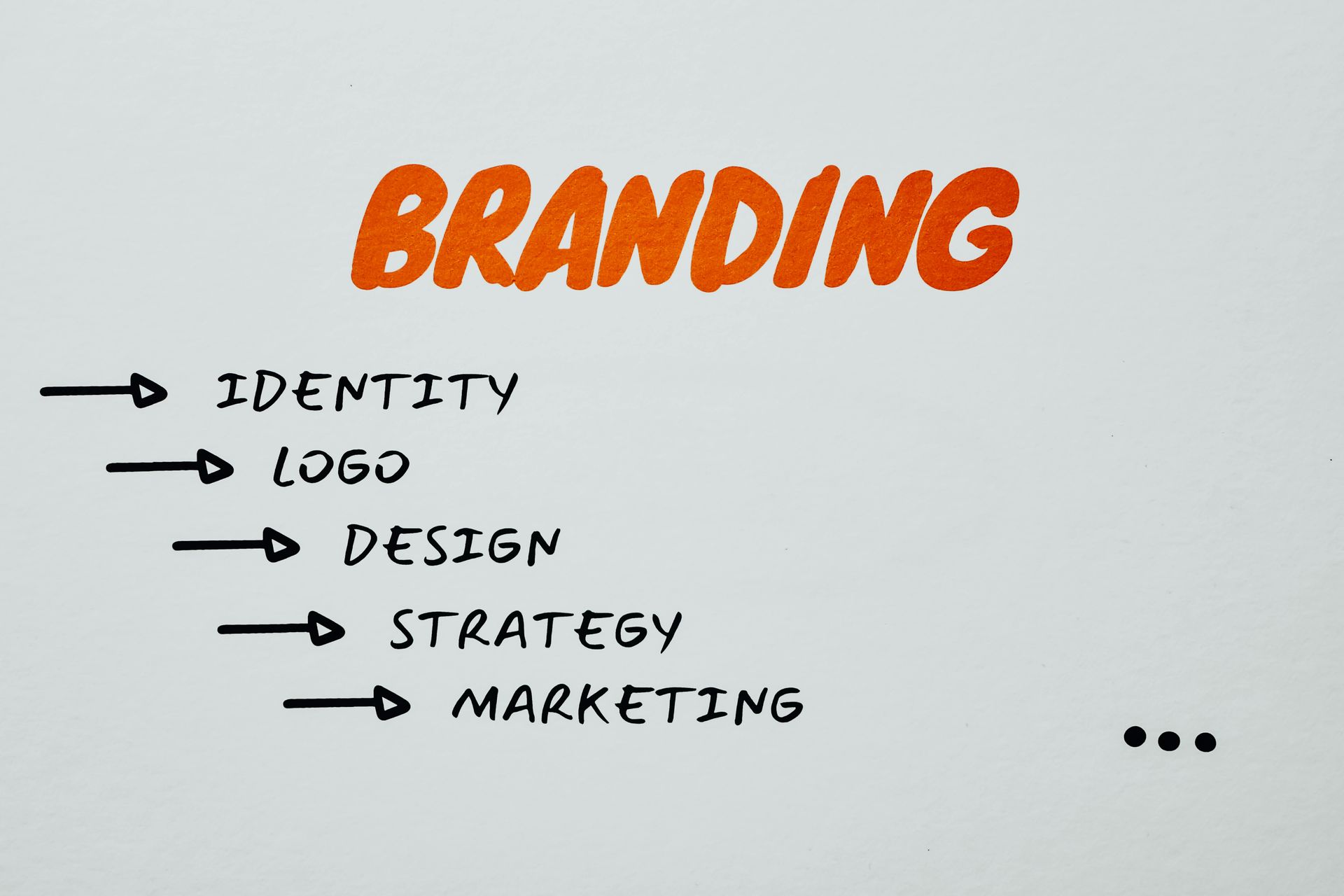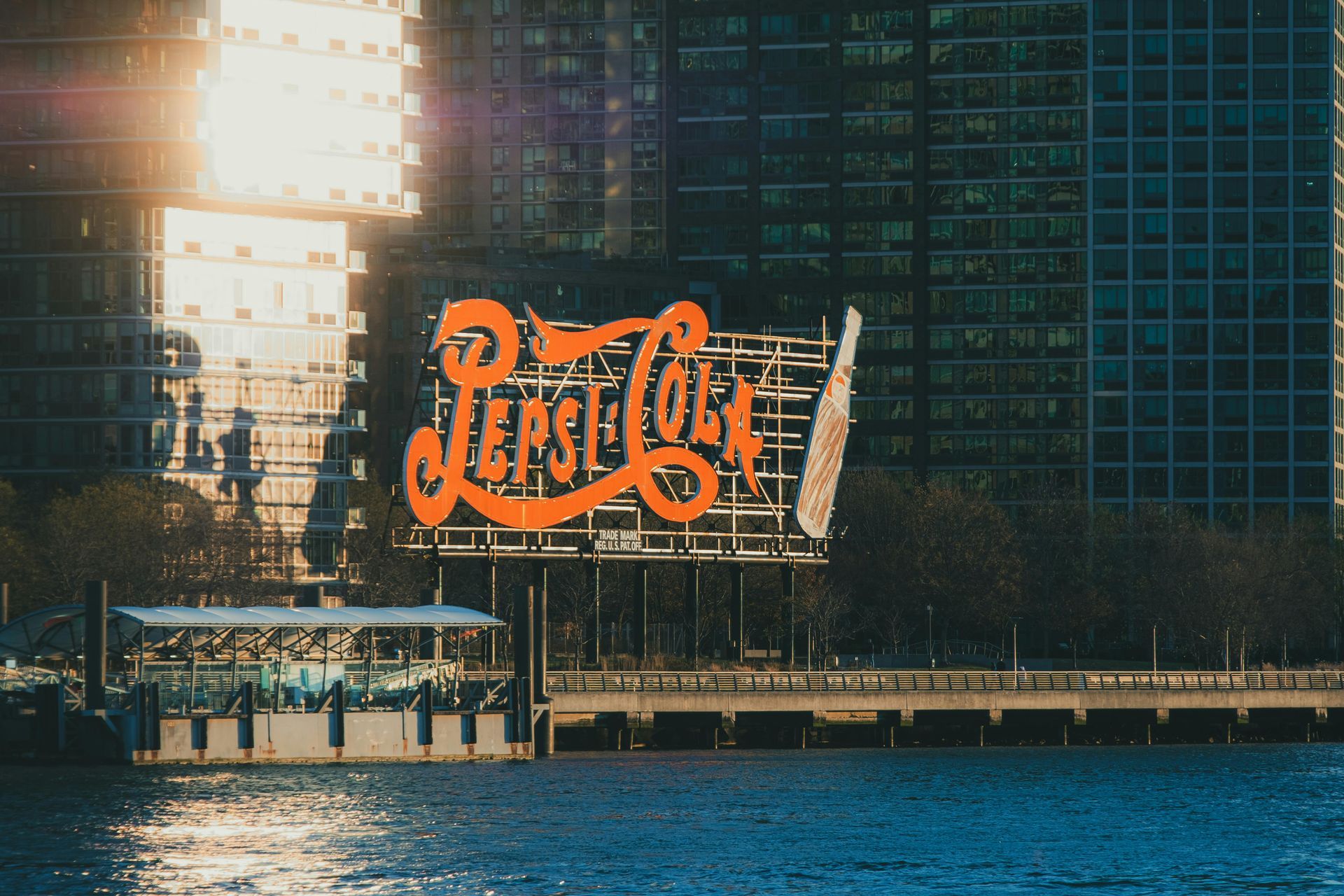Developing a Small Business Marketing Budget

Many of the small businesses we work with are mystified by the idea of creating a small business marketing budget, and we understand why the task can be so daunting. It’s true now more than ever that businesses need to spend money to make money, but ROI is increasingly difficult to calculate.
Your business growth goals and needs are as unique as your business itself, so it’s ideal to work with a marketing professional to drill down the numbers. That said, there are some universal truths that businesses of all sizes across all industries can depend on when working on a marketing budget that offers that sought-after ROI.
Begin With a Plan
The most successful marketing works by helping your business stand out from its competitors, and without a plan, you won’t know how to do that. Understanding customer demographics, spending habits, and media consumption patterns will give you a much clearer picture of allocating line items in your budget. You wouldn’t go on a road trip without a map, would you?
Drop In on Competitors
Think about your industry peers and competition. Where are they spending most of their time and money when it comes to marketing? You likely won’t get a close look at exact numbers. Still, you can easily stay updated about their efforts by doing what their customers do – following them on social media and signing up for email newsletters.

Factor In Acquisition Costs
Be honest and ask yourself if you know how much it costs your business to acquire new customers. Once you know that number, you can plug it into an equation that helps you understand how many new customers you can bring in based on marketing budget projections. This estimate alone can quantify the methods you outlined in the plan you made at the outset of the process.
Don’t Forget the Website
It’s easy for small business owners to overlook their website’s role in an overall marketing strategy, but it’s now a necessary inclusion in every business’s marketing budget. Not only do you need a professionally designed site that works with your overall branding identity, but it also needs to be consistently optimized to turn visitors into customers.
Reputation Management Matters
While your business can easily guide marketing messages and track ROI through content, it’s also important to know what customers are saying about you on areas of the internet aside from social media. Online reputation management ensures that you stay on top of your reputation, getting your name out there in positive ways and dealing with any negative reviews as they show up to minimize their damage.
Pay to Play
Organic content (like social media posts) offers a high ROI, but online advertising has quickly become one of the top advertising methods for small businesses. Pay-per-click (PPC) ads can be one of the most effective, affordable ways to get your phone ringing. Of course, as with any tactic that works well, you’re not the only company in your niche using PPC ads. The competition means that small businesses can easily get lost in the crowd.

Package It Up
Ultimately, the easiest way to see a return on your marketing budget is by working with a partner that can tailor-make a package to fit your small business’s needs. Digital marketing, content marketing, SEO, website creation, social media, and email can be confusing and overwhelming. So why add in the need to manage different vendors across every channel?
All of our programs include fundamentals like building or redesigning a new website. Most importantly, we also nurture and maintain your site for you with ongoing new content, technical and security updates, testimonials, and SEO best practices to continuously improve your search results.
We also link your site to the rest of the top online platforms like Facebook, Twitter, and LinkedIn (plus others like Pinterest and Instagram if relevant for your business). We nurture those accounts with a steady stream of original content.
Whether you want to look professional to prospective customers or employees who are “kicking your tires” or if you also want to gain a steady stream of new leads and phone calls generated from Google searches that lead to your website, we can help. Get in touch today to get started!
The post Developing a Small Business Marketing Budget appeared first on Cole Dalton.









